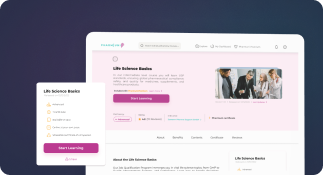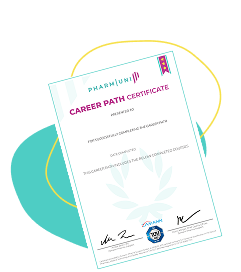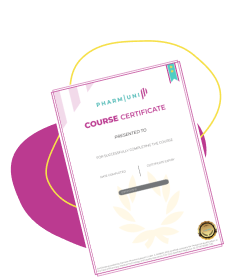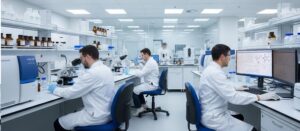Drug Safety Monitoring
Definition
Drug safety monitoring, also referred to as pharmacovigilance monitoring, is the systematic process of detecting, assessing, understanding, and preventing adverse effects or any other drug-related problems. It is a critical component of pharmaceutical development and post-marketing surveillance, ensuring that the benefits of a drug outweigh its risks throughout its lifecycle.
Detailed Explanation
Purpose and Importance
The primary goal of drug safety monitoring is to protect public health by identifying and minimizing risks associated with pharmaceutical products. This process involves collecting data on adverse drug reactions (ADRs), medication errors, and other safety concerns from a variety of sources, including clinical trials, healthcare providers, patients, and regulatory databases.
Drug safety monitoring is not only a regulatory requirement but also a moral and scientific obligation for pharmaceutical companies. It ensures compliance with international regulations such as those from the European Medicines Agency (EMA), the U.S. Food and Drug Administration (FDA), and the World Health Organization (WHO).
Key Components of Drug Safety Monitoring
- Adverse Event Reporting: Collecting data on unexpected or harmful reactions experienced by patients using the drug.
- Signal Detection: Identifying patterns or trends in adverse event data that may indicate a new safety issue.
- Risk Assessment: Evaluating the severity and frequency of identified risks to determine their impact on public health.
- Risk Management: Implementing strategies such as label changes, dosage adjustments, or product withdrawals to mitigate risks.
- Periodic Safety Update Reports (PSURs): Regularly submitted summaries of a drug’s safety profile.
Pharmacovigilance in Practice
Pharmacovigilance monitoring occurs throughout the drug development lifecycle:
- Pre-market (Clinical Trials): Safety data is collected during all phases of clinical trials. Investigators report adverse events to sponsors and regulatory bodies.
- Post-market (Real-World Use): Once a drug is approved, ongoing surveillance is conducted to monitor for rare or long-term adverse effects that may not have emerged during clinical trials.
Examples of Drug Safety Monitoring Systems
- FDA’s MedWatch: A program for healthcare professionals and consumers to report adverse events in the United States.
- EudraVigilance: The European system for managing and analyzing information on suspected adverse reactions.
- VigiBase: The WHO’s global database of individual case safety reports (ICSRs).
Challenges in Drug Safety Monitoring
Despite advancements in data collection and analytics, drug safety monitoring faces several challenges:
- Underreporting of adverse events by healthcare professionals and patients.
- Difficulty in establishing causality between drug use and adverse events.
- Managing and interpreting large volumes of real-world data.
- Global harmonization of regulatory requirements and reporting standards.
Future Directions
Emerging technologies such as artificial intelligence (AI), machine learning, and real-world evidence (RWE) are transforming pharmacovigilance monitoring. These tools enable faster signal detection, predictive risk modeling, and more efficient data analysis, ultimately enhancing patient safety and regulatory compliance.



